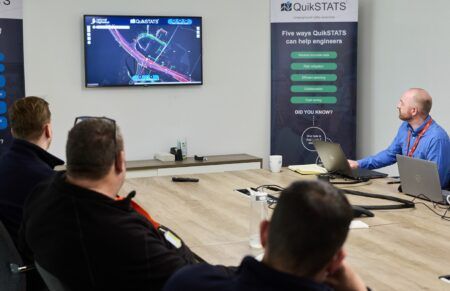Highways England (HE) has announced that state-of-the-art technology will be installed in the Saltash Tunnel over the coming months to ensure the safety of the thousands of people who use the underground route in Cornwall.
HE is starting a scheme next week to upgrade the incident detection system within the A38 tunnel, which will provide quicker and more reactive detection of vehicle fires and other incidents. Opened in 1988, the three-lane tunnel is used by more than 38,000 motorists per day and features a central lane that operates as a reversible lane to cope with holiday and rush hour traffic.
The upgrade scheme will see just over 3 miles (5km) of cable installed inside the 1,345ft-long (410m) tunnel. New technology inside the 30-year-old tunnel will include ‘Wayfinder’ emergency evacuation signs and separate smoke and heat detection systems, all aligned to the public address (PA) system to direct drivers to the safest tunnel exit in the event of an incident.
The tunnel has a good safety history – a new PA and CCTV system was installed two years ago – and the new improvements will link into that to ensure drivers are alerted quicker and help HE and the emergency services to react quicker in responding to any potential incidents via the Tamar Bridge control room. Once work is completed next year, HE plans to hold a joint emergency test exercise with the fire services and police.
Situated on the western outskirts of the city of Plymouth, the Saltash Tunnel is on a key tourist route linking the southwestern UK counties of Devon and Cornwall. The £1.2m (US$1.5m) project, financed from Highways England’s Innovation Fund, will start on November 26 and is scheduled to be completed in the spring of 2019. During that time, the tunnel will be closed on week nights from 8pm to 6am with a diversion route in place via the B3271. To prevent traffic disruption during the busy holiday season, HE notes that there will be no closures during the Christmas period, from December 22 to January 6.
“The current detection system is still operational, but this essential upgrade is needed to meet current standards, and the work to integrate the different systems is innovative,” explained HE’s spokesman, Julian Strong.
“This will enable automatic detection, without the risk of false alarms, and make the tunnel as safe as possible for all those who use it. The installation and connection of the cable is a complex procedure, the work will take place under overnight closures to minimize its impact on people, and we apologize in advance for any disruption.”




